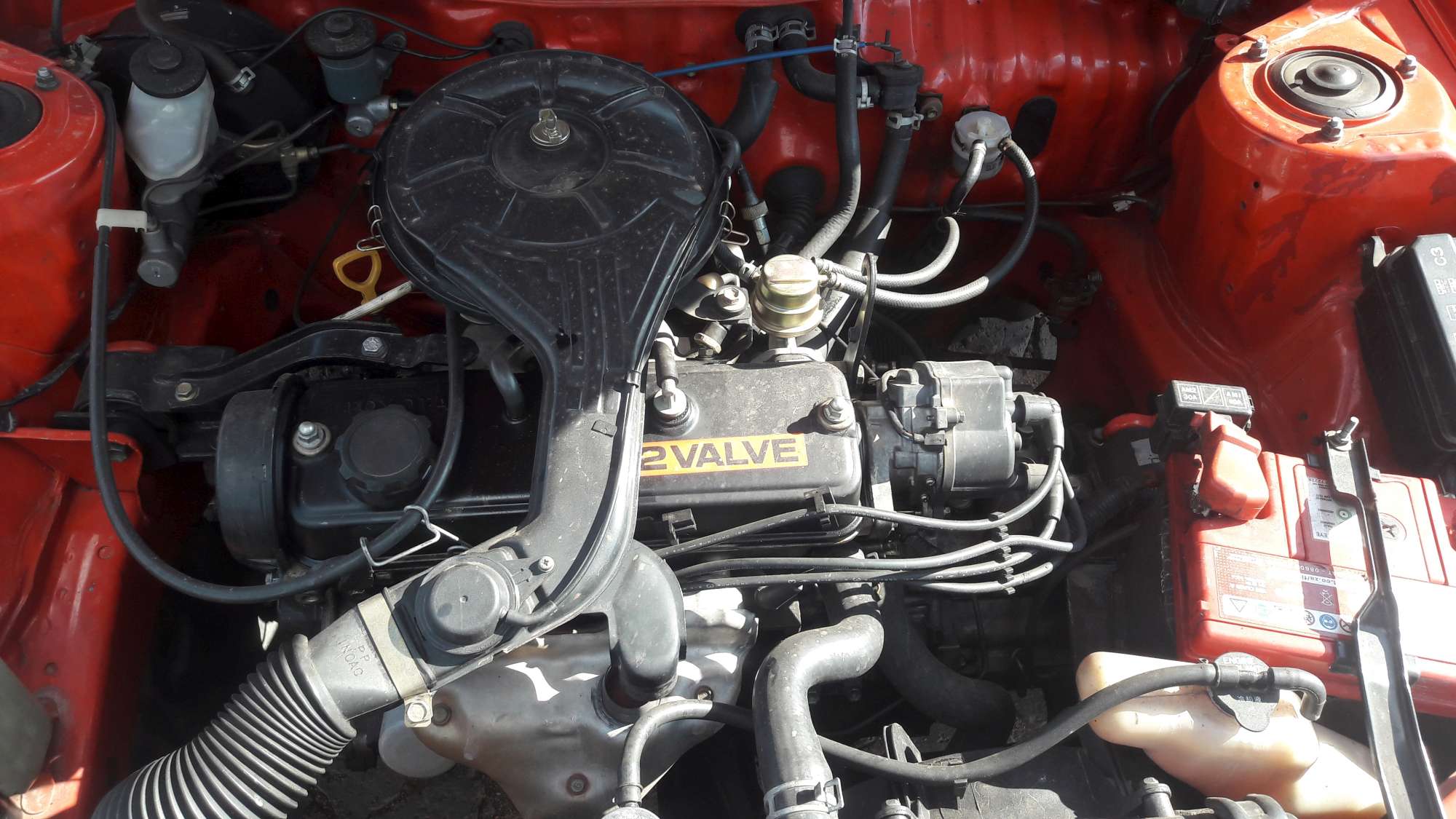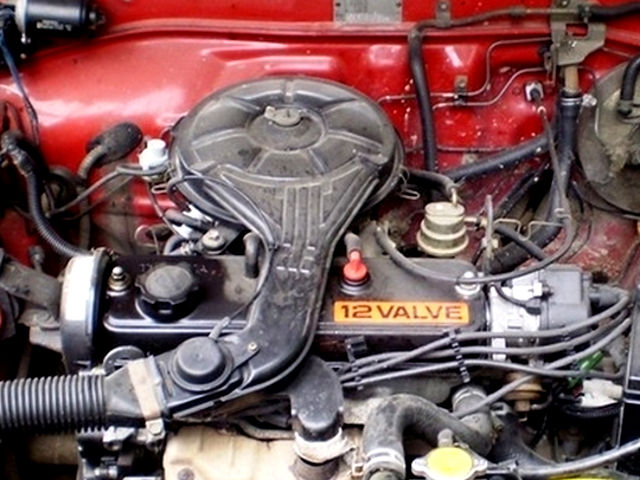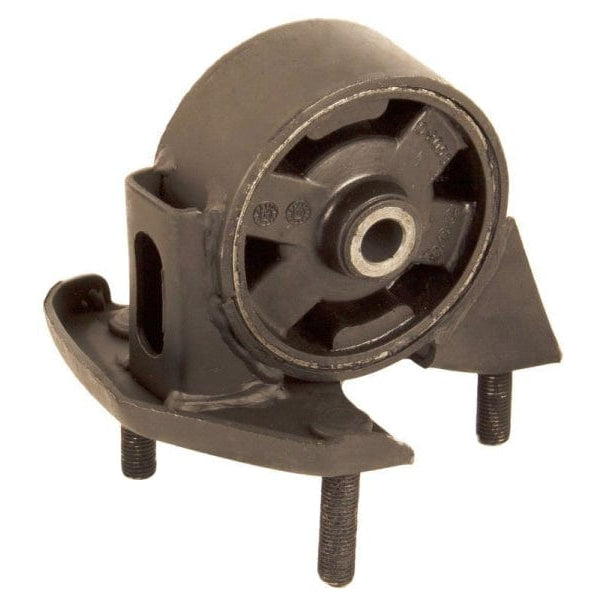Toyota Tazz: Essential Maintenance Tips to Keep Your Car Running Smoothly
Explore the most recent Trends in Engine Modern Technology With Tazz
In the rapidly evolving landscape of vehicle technology, Tazz stands at the leading edge, highlighting considerable advancements in engine systems that focus on both advancement and sustainability. From hybrid engines that enhance fuel effectiveness to the introduction of hydrogen gas cells, the patterns forming modern-day powertrains are not just boosting efficiency however additionally dealing with vital environmental obstacles.
Hybrid Engine Innovations
Crossbreed engine innovations stand for a crucial shift in vehicle modern technology, integrating the advantages of interior combustion engines with electric propulsion systems. This combination not just improves fuel performance yet likewise reduces emissions, conference increasingly stringent ecological policies. By utilizing both power sources, hybrid engines can enhance performance, delivering power when needed while saving gas during much less demanding motoring conditions.
Current improvements in hybrid modern technology include renovations in battery efficiency and regenerative braking systems. These technologies enable better power healing during slowdown, which can be redirected to help in acceleration or power accessory systems. Suppliers are concentrating on portable styles and light-weight products to take full advantage of the efficiency of hybrid powertrains.
The advancement of plug-in hybrids has actually additionally expanded the marketplace, allowing chauffeurs to bill their vehicles utilizing common electrical outlets. This function typically enables considerable all-electric variety, additional reducing dependancy on standard fuels. tazz. As the vehicle market proceeds to develop, hybrid engine modern technologies are anticipated to play a crucial function in linking the void in between traditional vehicles and totally electrical designs, offering a transitional remedy that satisfies varied consumer requirements and choices
Advances in Electric Powertrains
The auto landscape is quickly evolving, with electric powertrains becoming a leading force in lasting transport. Advances in electric vehicle (EV) innovation are considerably boosting performance, individual, and performance experience. Secret innovations consist of renovations in battery chemistry, which have raised power thickness, minimized charging times, and prolonged total battery life.
Solid-state batteries, for instance, promise to transform the market by giving better safety and security and performance contrasted to typical lithium-ion cells. Moreover, improvements in regenerative stopping systems are allowing lorries to recuperate energy during slowdown, contributing to general efficiency.
In enhancement to battery innovation, electrical motor layouts are ending up being a lot more innovative. Developments such as integrated electric motors and advanced thermal administration systems are assisting to maximize power shipment and minimize weight, inevitably enhancing lorry characteristics.

Jointly, these advancements emphasize the dedication to shift towards cleaner, more reliable transport solutions, placing electrical powertrains at the center of automotive technology.
The Surge of Hydrogen Fuel Cells
Significantly, hydrogen fuel cells are obtaining traction as a feasible option to standard interior combustion engines and battery electrical lorries. This innovation utilizes the chemical energy kept in hydrogen, transforming it into electricity with an electrochemical reaction with oxygen. The key byproduct of this process is water, making hydrogen fuel cells an ecologically pleasant alternative with absolutely no discharges at the tailpipe.

Automakers are significantly spending in hydrogen fuel cell technology, identifying its potential for long-range applications and fast refueling capabilities that measure up to traditional gas. In addition, markets such as sturdy transportation and public transit are particularly fit for hydrogen fuel cells, where battery electric solutions may fall short due to weight and variety limitations.
As research study and financial investment remain to increase, hydrogen fuel cells are positioned to play a substantial function in the future landscape of tidy transportation and power options.
Enhancements in Internal Combustion Engines
Developments in inner combustion engine (ICE) technology are changing traditional lorries to meet contemporary environmental criteria and efficiency expectations. Straight fuel injection, for circumstances, permits for far better atomization of fuel, leading to more complete combustion and boosted power output.
Additionally, turbocharging has actually gained prominence, enabling smaller engines to deliver greater efficiency without the weight of larger engines - tazz. This technology not just boosts effectiveness but likewise contributes to reduce fuel intake. Variable shutoff timing systems are additionally being refined, making it possible for engines to adjust to different driving problems for enhanced torque and responsiveness
In addition, using lightweight products in engine building is becoming basic, further improving fuel efficiency by lowering total lorry weight. Engine control devices (ECUs) are increasingly advanced, enabling real-time changes that maximize efficiency and discharges.
These improvements collectively symbolize an essential shift in ICE modern technology, lining up with worldwide sustainability objectives while still offering the efficiency motorists get out of their vehicles. As the market develops, these improvements proceed to form the future of typical vehicle engineering.
Future Fads in Engine Effectiveness
Significant improvements in engine performance are expected as manufacturers concentrate on incorporating sophisticated modern technologies to fulfill rigid environmental laws and customer demands. The change towards electrification, crossbreed systems, and different gas is reshaping the automotive landscape, driving innovations that enhance fuel economic situation and minimize exhausts.
Among the key fads is the execution of sophisticated products and manufacturing methods. High-strength alloys and light-weight compounds click this link add to lowered lorry weight, thus enhancing general performance. Additionally, the fostering of turbocharging and variable valve timing innovations permits for enhanced power outcome from smaller engines, further boosting gas economic climate.

Conclusion
In verdict, the exploration of engine technology discloses considerable developments that focus on sustainability and effectiveness. Innovations in crossbreed engine systems, electric powertrains, and hydrogen gas cells show a commitment to lowering discharges while enhancing efficiency. Improvements in interior combustion engines and a focus on lightweight materials add to total engine efficiency. As the automotive industry remains to develop, these patterns will play a crucial role in forming a cleaner and even more lasting future for transportation.
From hybrid engines that optimize gas performance to the introduction of hydrogen gas cells, the trends forming contemporary powertrains are not just boosting efficiency yet likewise resolving crucial environmental difficulties.Hybrid engine advancements represent a pivotal shift in automobile modern technology, integrating the advantages of inner burning engines with electrical propulsion More Bonuses systems.Furthermore, turbocharging has gained prestige, enabling smaller sized engines to deliver higher efficiency without the weight of larger engines. In addition, the fostering of turbocharging and variable valve timing technologies allows for boosted power result from smaller sized engines, even more improving gas economy.
Enhancements in inner combustion engines and a focus on light-weight products contribute to overall engine effectiveness.